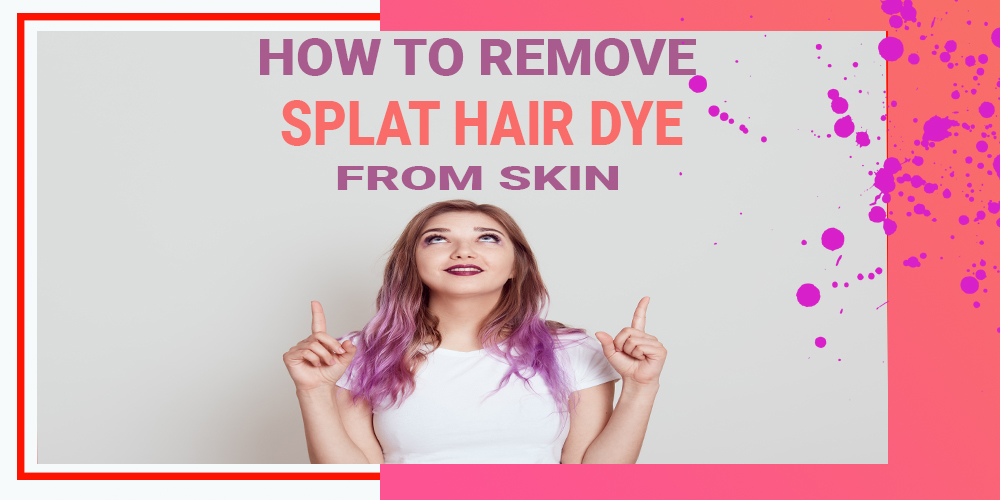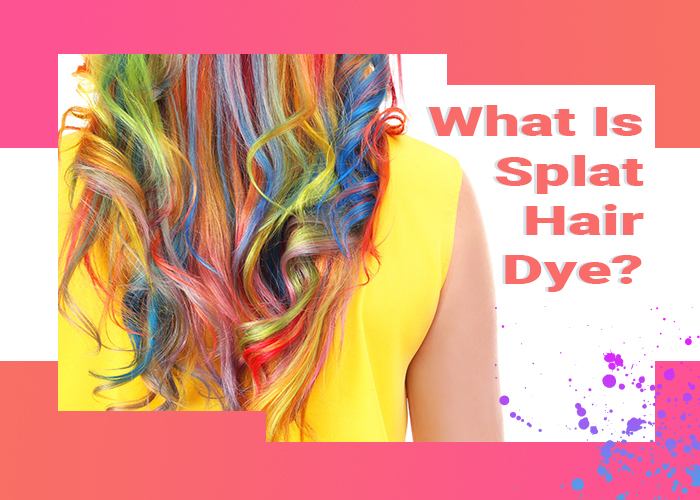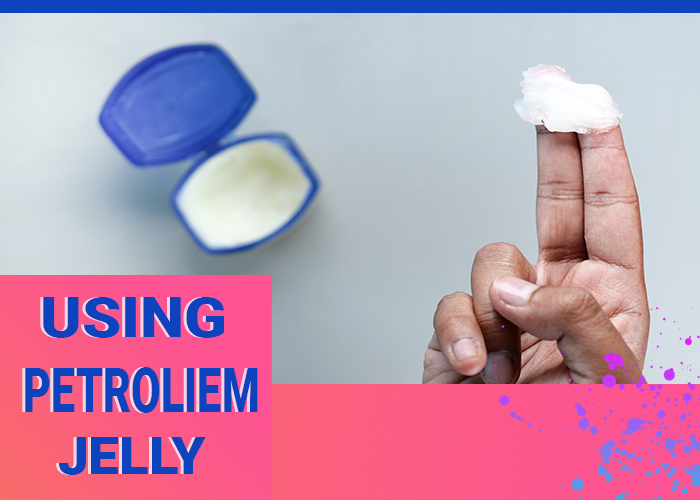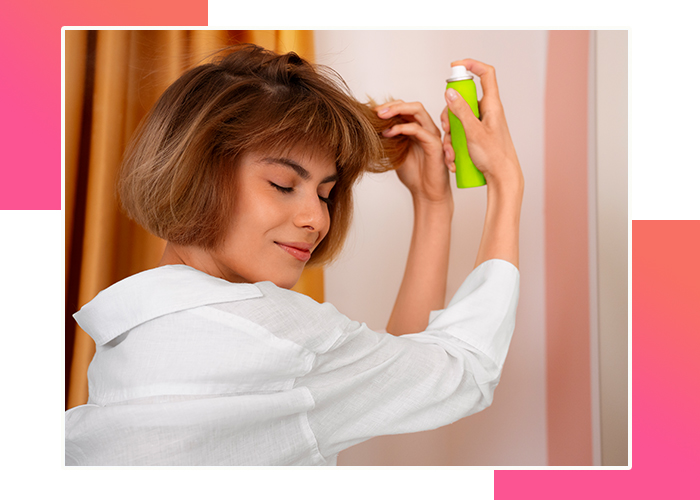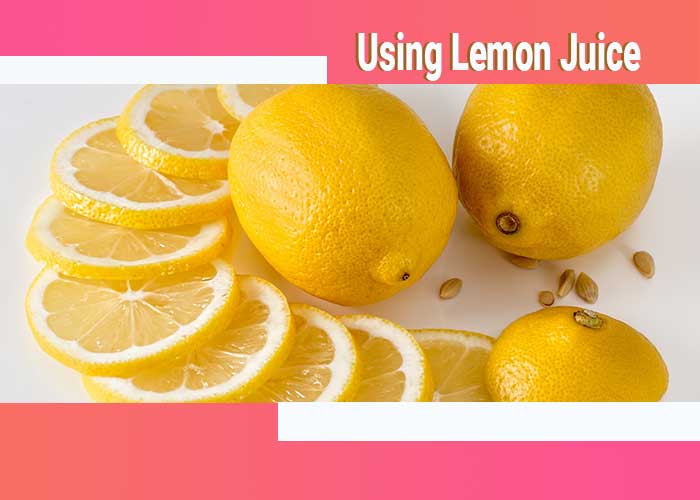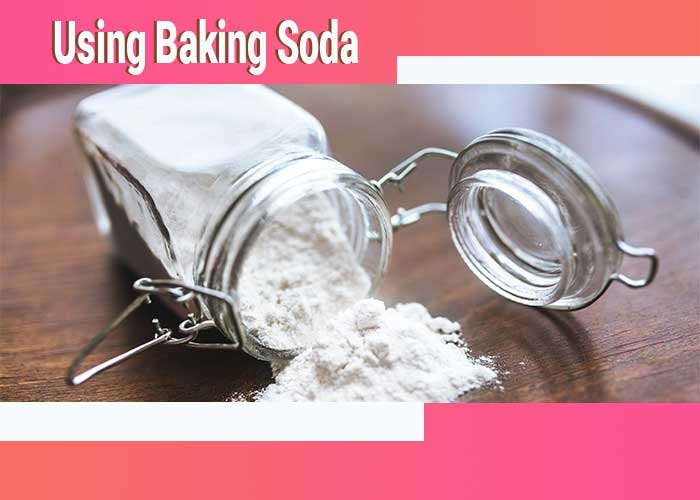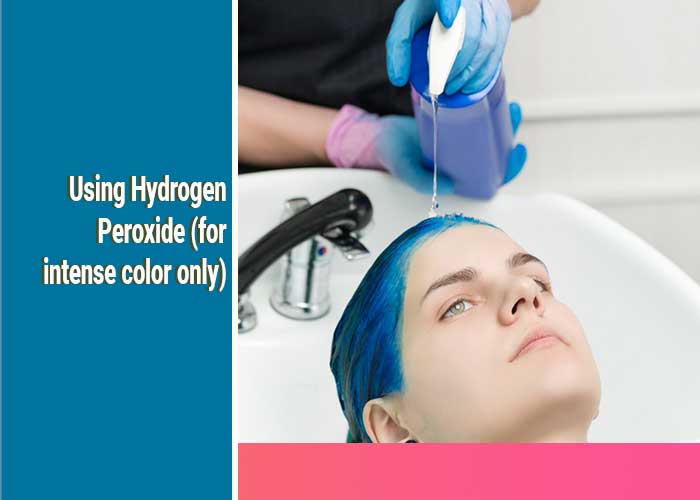Splat hair dye is a popular choice for those looking to experiment with bold and vibrant hair colors. However, sometimes the dye can end up staining your skin during the process. So, it is a common question to ask, “How to remove splat hair dye from the skin?” Fret not! With these authentic suggestions, you can effectively remove Splat hair dye from your skin.
What Is Splat Hair Dye?
Splat hair dye is a brand of semi-permanent hair color that comes in a variety of bold and vibrant shades. It is vegan and cruelty-free and does not require bleach to apply. Splat hair dye claims to be different from other brands. As it offers bright and unique colors that last longer than conventional dyes. Splat hair dye also claims to be vegan and cruelty-free. It is environmental-friendly as it does not have any animal-derived ingredients or tests on animals. Splat hair dye does not require bleach to apply, which can damage the hair and scalp. Instead, it uses a lightening agent that lifts the natural pigment of the hair and deposits the color.
Methods of Removing Splat Hair Dye From Skin
The sooner you address the stain, the easier it will be to remove. Once you notice any dye on your skin, take immediate action to avoid the stain setting in. Gather the necessary tools and start the removal process promptly. The following may help you to remove splat hair dye from your skin.
Using Petroleum Jelly:
Removing Splat hair dye from your skin using petroleum jelly or natural oil is a gentle as well as super effective method. Dermatologists recommend using oil or petroleum jelly for removing hair dye stains as they are generally safe and less likely to irritate the skin. However, it’s important to perform a patch test on a small area of skin before applying the oil or petroleum jelly to a larger area, especially if you have sensitive skin or a history of allergies.
Here is how you apply it:
Gather Your Supplies: You will need mild oil (such as olive oil, coconut oil, or baby oil) or petroleum jelly, a soft cloth, and soap.
Prep the Area: Before beginning, ensure your hands are clean and dry.
Apply Petroleum Jelly or Oil: Take a small amount of your chosen petroleum jelly and gently apply it to the stained area.
Let it Sit: Allow the oil or petroleum jelly to sit on the stained areas for about 5-10 minutes. This helps to loosen the dye from your skin.
Gentle Rubbing: After the waiting period, use a soft cloth or your fingers to gently rub the stained areas in a circular motion. The dye should start coming off onto the cloth.
Repeat if Necessary: Depending on the intensity of the staining, you might need to repeat the process a few times until the dye is fully removed. Be patient and avoid harsh rubbing.
Wash with Soap: Once the dye is mostly removed, wash the area with soap and water to clean off any residual oil or petroleum jelly.
Remember, while this method is effective, prevention is the best approach. Using a barrier cream or applying petroleum jelly around your hairline before applying hair dye can help minimize skin staining in the first place.
Rubbing Alcohol:
According to dermatologists, rubbing alcohol is one of the most effective ways to remove hair dye from the skin. Here’s a concise guide on how to remove Splat hair dye from the skin using rubbing alcohol.
Things You’ll Need: You’ll need rubbing alcohol (isopropyl alcohol), cotton balls or pads, mild soap, and water.
Dampen Cotton Ball: Moisten a cotton ball or pad with rubbing alcohol. Make sure it’s not overly saturated, as you want to avoid excessive moisture on your skin.
Gently Rub the Stain: Gently rub the stained areas with the alcohol-soaked cotton ball. Use a light, circular motion. The rubbing alcohol will help dissolve and lift the dye.
You can also wash with soapy water. It’s important to note that frequent use of rubbing alcohol on the skin can lead to dryness and irritation over time. If necessary, repeat the procedure. It’s important to note that frequent use of rubbing alcohol on the skin can lead to dryness and irritation over time.
Using Lemon Juice
Lemon juice is a natural hair lightener that contains citric acid and vitamin C. It can break down the pigment molecules in your hair and make them lighter. However, lemon juice is not very effective at removing Splat hair dye, which acts like a stain on your hair. Lemon juice may only fade the color slightly, but not completely remove it. To use lemon juice for dye removal:
Prepare the Mixture: Squeeze fresh lemon juice into a small container or bottle. You can also dilute the lemon juice with water to reduce its acidity, especially for those with sensitive skin.
Application: Dip a cotton ball or cotton pad into the lemon juice mixture. Gently dab or rub the stained areas of the skin. Avoid excessive rubbing to prevent irritation.
Let it Sit: Allow the lemon juice to sit on the stain for a few minutes. This gives the citric acid time to work on breaking down the dye particles.
Rinse and Moisturize: Rinse the area with water to remove the lemon juice. Since lemon juice can be drying, apply a moisturizer after rinsing to keep the skin hydrated.
If you have sensitive or dry skin, it is important to be cautious when using lemon juice. Before applying lemon juice to larger areas of your skin, it is recommended to do a patch test first. Additionally, it is vital to avoid sun exposure on lemon-treated skin, as citrus can make your skin more sensitive to sunlight. This can increase your risk of sunburn and other skin damage. To protect your skin from the sun, it is recommended to wear protective clothing, such as long-sleeved shirts and hats, and to use broad-spectrum sunscreen with an SPF of at least 30.
Using Baking Soda
Hair dye stains on the skin can be a pain, but a common home item like baking soda can help. Because of its moderate abrasive nature and alkaline qualities, baking soda is an excellent choice for removing Splat hair color stains. Baking soda paste offers a natural and affordable solution for removing Splat hair dye stains from the skin.
Here’s a quick guide on using baking soda paste for dye removal:
Create the Paste: Mix baking soda with a small amount of water to form a paste.
Application: Gently apply the baking soda paste to the stained areas of the skin. Avoid rubbing vigorously to prevent skin irritation. Using your fingers, softly massage the paste into the stain using circular motions. Allow the paste to sit on the skin for a few minutes.
Rinse Off: After a short period, rinse the baking soda paste off with lukewarm water. Use a soft cloth to gently wipe away the paste.
Moisturize: Baking soda can be slightly drying, so it’s recommended to apply a moisturizer to the treated area after rinsing.
While it is generally safe for the skin, it is important to exercise caution before using it on larger areas, especially if you have sensitive skin.
Using Hydrogen Peroxide (for intense color only)
Intense hair dye colors like blue, violet, purple, red, pink, and so on can sometimes leave stubborn stains on the skin. Hydrogen peroxide can be a helpful solution for tackling these vivid stains effectively. But before using hydrogen peroxide, you should perform a patch test on a small area of the skin in order to ensure you don’t have any reactions. Hydrogen peroxide can be harsh on sensitive skin and may cause temporary lightening of skin color. Here’s how you do it.
Gather Supplies & Prepare: You’ll need 3% hydrogen peroxide, cotton balls or pads, mild soap, water, and a moisturizer. Pour a small amount of 3% hydrogen peroxide into a small bowl.
Dip Cotton Ball: Moisten a cotton ball or pad with the solution. Squeeze out any excess liquid.
Gentle Application: Gently dab the stained areas with the moistened cotton ball. Avoid excessive rubbing, as hydrogen peroxide can be drying and irritating to the skin.
Wait and Rinse: Allow the hydrogen peroxide to sit on the stains for a few minutes. Then, rinse the area with water to remove the hydrogen peroxide.
Cleanse and Moisturize: Wash the skin with mild soap and water to ensure all residue is removed. Apply a moisturizer to prevent dryness.
Hydrogen peroxide can temporarily lighten skin color, so it’s best used on small, stubborn stains. Avoid prolonged contact with the skin and sun exposure after treatment.
Sum Up
While Splat hair dye can leave unpleasant stains on your skin, these actual tips can help you remove the color efficiently. All you need to do is to act quickly, always use the most gentle method, and moisturize afterward. Always perform a patch test on a small area of skin before trying any new method to ensure you don’t have any adverse reactions. With a little patience and these helpful tips, you’ll be able to enjoy your vibrant hair color without worrying about stained skin.

